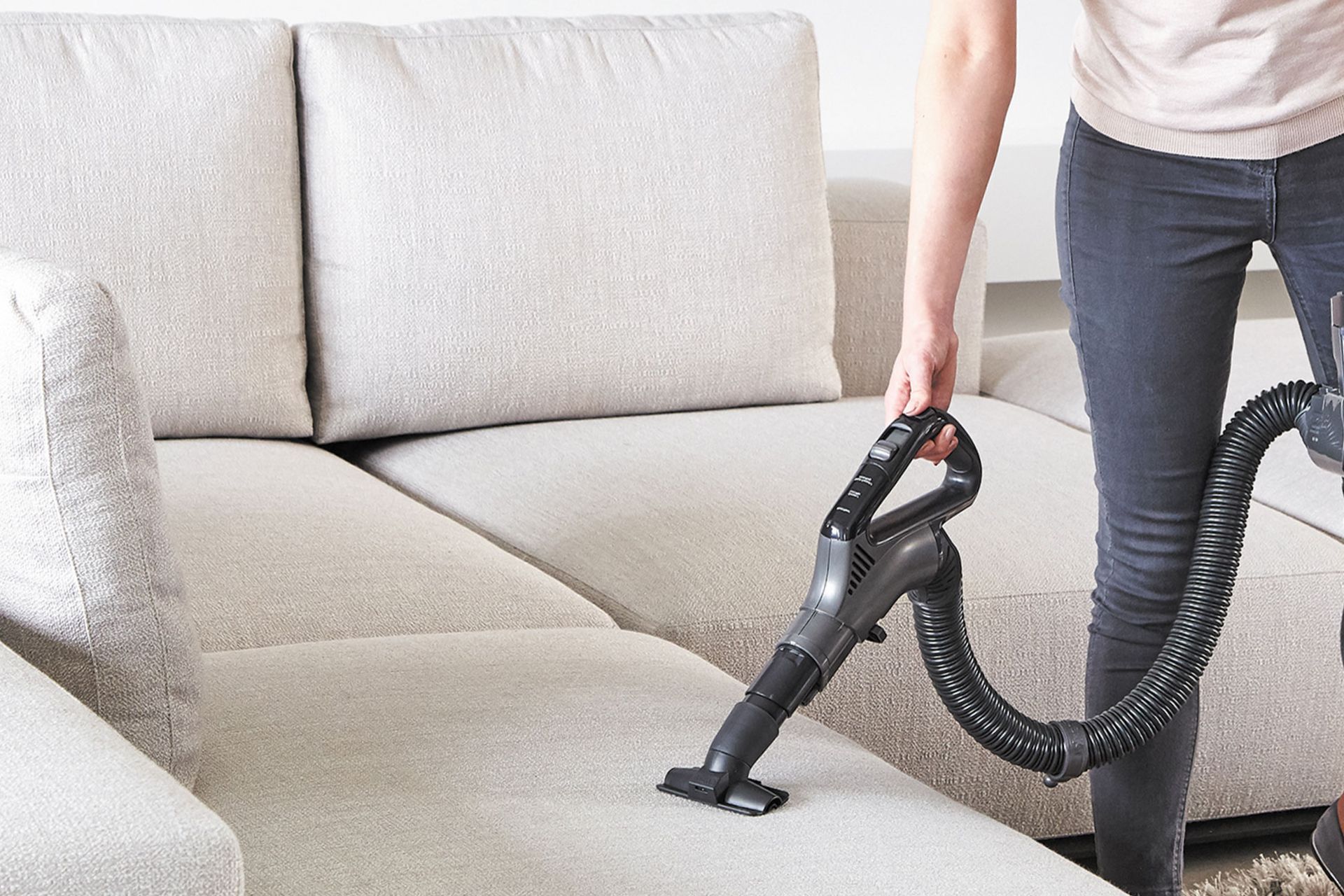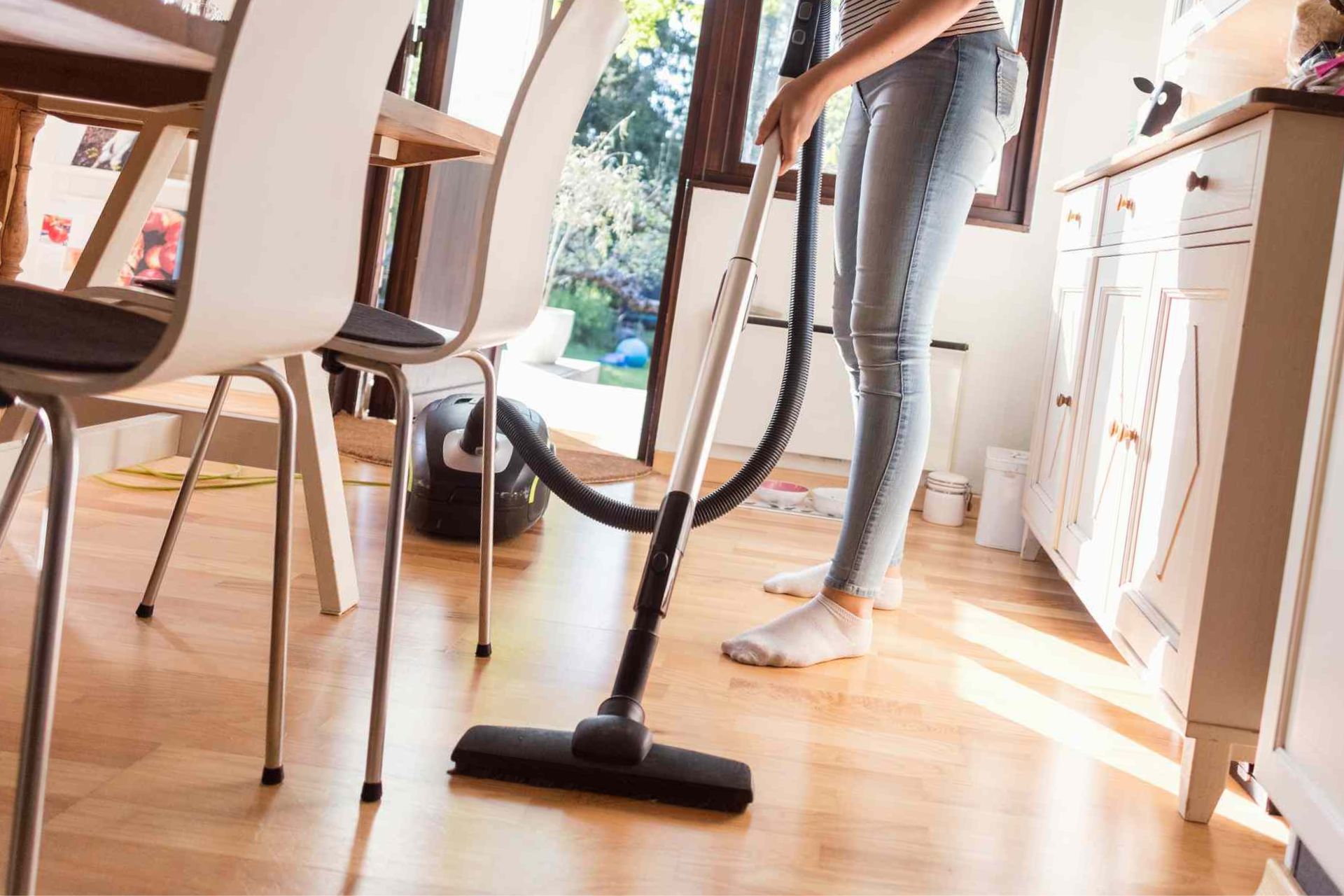Introduction
A Vacuum Cleaner is supposed to make your home feel fresher—not leave behind unpleasant odors. Yet many people experience musty, sour, or even burning smells coming from their vacuum and have no idea what’s causing it. When your vacuum emits bad odors, it’s more than just annoying; it’s a sign that something inside the machine needs attention. In this comprehensive guide, you’ll discover why your vacuum smells bad, how to fix the issue, and what steps you can take to prevent odors from returning.
This detailed walkthrough covers every common cause, from trapped hair to overheating motors, and provides step-by-step solutions. By the end, you’ll know exactly how to restore your vacuum to a clean, fresh-smelling state.

What Causes Bad Odors in a Vacuum Cleaner?
Smells coming from a vacuum can originate from dirt buildup, bacteria growth, blockages, or mechanical issues. Understanding the underlying cause is the key to solving the problem effectively.
1. Rotting Debris Inside the Vacuum Cleaner
One of the most common reasons your vacuum smells bad is the presence of decomposing organic debris. Items like food crumbs, pet hair soaked with saliva, damp dirt, and household dust can settle inside the vacuum and begin to break down over time.
Why It Happens
- Moisture mixes with dirt and fosters bacterial growth.
- Organic matter starts decomposing.
- Pet hair traps odors more than human hair.
- Dust can hold onto smells for long periods.
How to Fix
- Empty the dustbin or replace the bag.
- Wash canisters with warm water and mild soap.
- Let parts fully air-dry before reassembly.
- Use vacuum-safe sanitizing wipes inside dust compartments.
2. A Clogged or Dirty Filter Producing Odors
Filters are essential to capturing dust and allergens, but when clogged, they trap foul odors and begin to smell.
Common Filter Types That Trap Odors
- Foam filters
- HEPA filters
- Mesh pre-filters
- Activated carbon filters
Why It Smells
Dirty filters accumulate bacteria, pet dander, mold spores, and tiny food particles. As airflow passes through the filthy filter, it releases unpleasant odors into your home.
How to Fix
- Wash or replace filters according to manufacturer guidelines.
- If the filter is washable, soak it in warm, soapy water.
- Never reinstall a damp filter—it will create mold.
3. Pet Hair and Pet Dander Odors
Households with dogs or cats often experience strong smells coming from the vacuum due to accumulated fur and dander.
Why Pet Hair Causes Strong Odor
- Pet hair contains oils that develop odors when heated.
- Pet saliva and dirt cling to fur.
- Fur trapped in brushes and hoses decomposes.
How to Fix
- Remove hair tangled in the brush roll.
- Disinfect the brush roll using diluted vinegar.
- Clean hoses using a flexible brush or vacuum cleaning wand.
4. Mold or Mildew Growth Inside the Vacuum Cleaner
Mold is a major contributor to unpleasant vacuum smells—and a serious health concern.
Why Mold Develops
- Vacuuming wet floors
- Picking up damp organic matter
- Storing the vacuum in a humid environment
- Using a damp filter
Signs of Mold
- Musty “basement-like” smell
- Visible black or green spots
- Allergy flare-ups after using the vacuum
Fixing Mold Odors
- Disassemble washable parts and soak them in hot water.
- Use a 1:1 vinegar solution to kill mold.
- Replace filters immediately if mold is present.
5. Burnt Smells Caused by Mechanical Issues
A burning smell is one of the most alarming odors a vacuum can produce, and it should never be ignored.
Possible Causes
- Broken belt rubbing against components
- Overheated motor
- Blocked airflow causing heat buildup
- Hair caught in motorized brushes
How to Fix
- Inspect and replace worn belts.
- Clean brush roll bearings.
- Remove blockages from air pathways.
- If the motor smells burnt, turn the vacuum off immediately.
6. A Full Dustbin or Overfilled Vacuum Bag
When the vacuum bag or canister is too full, airflow decreases, and smells intensify.
Why It Happens
- Dust compacts and begins producing odor.
- Air pushes odor upward instead of filtering it.
- Overfilled bags stress the motor and filter system.
How to Fix
- Empty canisters after each use.
- Replace bags before they reach 75% capacity.
- Clean the inside of bag compartments regularly.
7. Blocked Hoses and Air Pathways
Hoses often trap smelly debris that the vacuum can’t push out.
Why Hoses Smell
- Sticky materials cling to the hose walls.
- Hair and dust balls rot inside the tube.
- Small food particles decompose over time.
Fixing Hose Odor
- Remove the hose and run warm water through it.
- Use a bottle brush to scrub the interior.
- Hang to dry completely.
- Avoid vacuuming wet material.
8. Dust Mites and Bacteria Buildup Inside the Vacuum Cleaner
A vacuum is a breeding ground for bacteria, especially if not cleaned regularly.
Why Bacteria Thrive
- Warm, dusty environment
- Organic debris
- Pet dander
- Moisture from carpets or spills
How Bacteria Cause Bad Smells
As bacteria break down organic material, they release volatile compounds responsible for foul odors.
How to Fix
- Use disinfectant wipes on internal compartments.
- Deep-clean brushes and attachments weekly.
- Avoid vacuuming wet areas.
9. Smells Caused by Cleaning Up Pet Accidents
Vacuuming cat litter, urine-soaked rugs, or pet accident areas can cause strong, persistent odors.
Why These Smells Stick
- Urine crystals cling to dust particles.
- Cat litter contains ammonia odors.
- Pet stain residue releases strong smells when heated by the motor.
How to Fix
- Wash attachments immediately after vacuuming accident areas.
- Avoid vacuuming damp litter or wet stains.
- Deodorize using baking soda inside the canister.
10. Incorrect Storage Causing Odor Buildup
Storing your vacuum in a damp basement or enclosed area can trap odors inside the machine.
Why Storage Locations Matter
- Moisture accelerates mold growth.
- Poor ventilation keeps odors from escaping.
- Warm enclosed areas intensify smells.
Best Storage Tips
- Store in a cool, dry place.
- Keep filters removed while drying.
- Avoid wrapping cords tightly if still warm.
How to Fix a Smelly Vacuum Cleaner Step-by-Step
Below is a full odor-elimination process that works for most vacuum types.
Step 1: Empty and Wash the Canister
Remove all debris, wash with warm water and dish soap, and dry thoroughly.
Step 2: Clean or Replace Filters
Dirty filters are the #1 cause of vacuum odors. Replace non-washable ones and clean washable ones.
Step 3: Clean the Brush Roll
Cut away hair, string, and fibers wrapped around the roll. Wash with vinegar or mild soap.
Step 4: Wash or Deodorize the Hoses
Use hot water and a long brush to remove the buildup. Dry completely to prevent mold.
Step 5: Sanitize Attachments
Wipe crevice tools, upholstery tools, and extension wands with antibacterial cleaners.
Step 6: Freshen the Vacuum with Deodorizers
Recommended options:
- Baking soda
- Cinnamon powder (small amount)
- Vacuum deodorizer pellets
- Dryer sheets placed inside storage area (not inside the vacuum)
Best Natural Ways to Remove Vacuum Cleaner Odors
If you prefer natural cleaning, these methods are safe and effective.
1. Baking Soda
Absorbs odors inside canisters or on carpets before vacuuming.
2. White Vinegar
Kills bacteria and mold. Use diluted on hard components—not electrical parts.
3. Essential Oils
Add a few drops on a cotton ball placed inside the dustbin area for freshness.
4. Lemon Juice
Natural disinfectant but must be wiped dry to prevent corrosion.
Preventing Future Odors in Your Vacuum Cleaner
Prevention is easier than fixing severe odors.
Tips
- Clean filters monthly.
- Empty the dustbin after every use.
- Wash hoses weekly if you have pets.
- Never vacuum wet material unless using a wet/dry vacuum.
- Store in a dry location.
- Use carpet fresheners sparingly.
When Should You Replace Your Vacuum Instead of Repairing It?
Sometimes persistent smells indicate a vacuum is beyond saving.
Signs You Need a New Vacuum
- Persistent burning smell
- Mold that keeps returning
- Motor overheating frequently
- Cracked hoses releasing odor
- Filters no longer fit properly
- Machine older than 8–10 years
If repairs cost more than half the price of a new model, replacement is usually the wiser choice.
Conclusion
Bad smells coming from a vacuum usually indicate trapped debris, clogged filters, mold growth, or mechanical issues. By understanding the causes, applying proper cleaning methods, and maintaining your machine regularly, you can keep your vacuum fresh and efficient. With the right care, your Vacuum Cleaner will continue to clean your home effectively—without leaving behind unpleasant odors.
